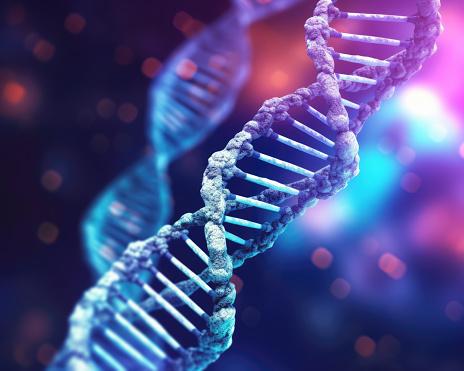Why is the birth rate of twins higher in some families compared to other families? While identical twins are considered a random event, there is a well-established understanding that non-identical (or fraternal) twins share a genetic connection. However, identifying the specific genes involved in this process has been a major challenge for scientists… until now.
Recently, a team of researchers led by renowned professor Nick Martin from QIMR Berghofer Institute for Medical ResearchHe conducted pioneering research that led to the discovery of seven important genes related to twinning. Published in a prestigious scientific journal Human reproductionThis pioneering study represents a milestone in the field of reproductive genetics.
Revealing genetic secrets

For decades, scientists have struggled to determine the genetic factors behind non-identical twins. However, technological advances, such as gene chips, have changed the game. The ability to analyze thousands of genes simultaneously allowed the team to combine data from several independent studies conducted in different countries, including Australia, the Netherlands, the United States, the United Kingdom and Iceland.
They analyzed a large set of DNA samples from mothers of non-identical twins. This global collaboration has enabled the identification of nearly one million genetic variants across the human genome, providing valuable insights into the genetic mechanisms underlying the occurrence of non-identical twins.
The critical role of genes in fertility and twinning

Of the seven genes identified, five have a known function in the follicle-stimulating hormone (FSH) pathway, which plays a major role in the female reproductive system. In addition, two genes that were not previously associated with twinning were identified for the first time during the study.
Based on these results, researchers believe that simple genetic tests using saliva samples can reveal a woman's likelihood of giving birth to twins. These tests can also help identify women who are more likely to have difficulties conceiving, providing valuable information for family planning.
However, while we celebrate these achievements, we also recognize the challenges ahead. Genetic research is a constantly evolving field, and there is still much to explore and understand. Identifying new genes and genetic variants associated with twinning will require continued research efforts and international cooperation.
The discovery of genes associated with the likelihood of conceiving non-identical twins represents a significant advance in genetic research and understanding of human fertility. These findings have the potential to revolutionize how we understand and approach pregnancy and reproductive health. The ability to predict a woman's likelihood of conceiving twins and identify potential fertility problems through genetic testing could revolutionize prenatal care and reproductive counseling, providing hope and opportunity to millions of women around the world.

“Wannabe internet buff. Future teen idol. Hardcore zombie guru. Gamer. Avid creator. Entrepreneur. Bacon ninja.”

